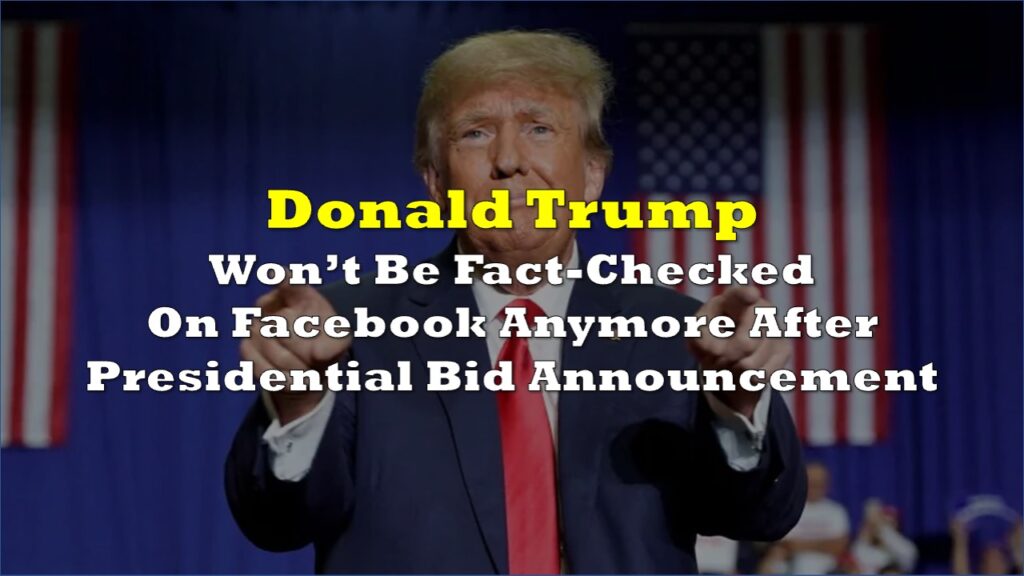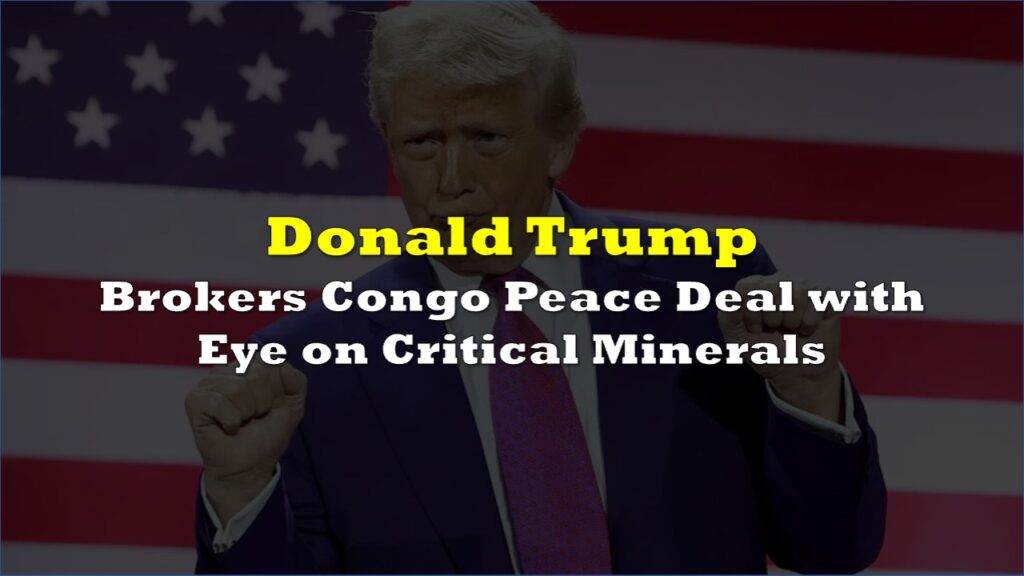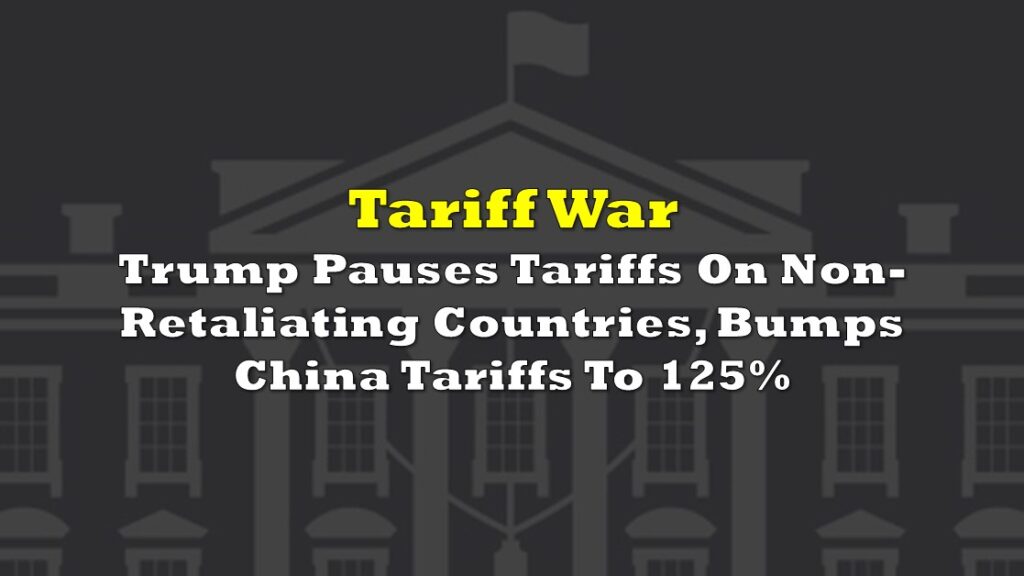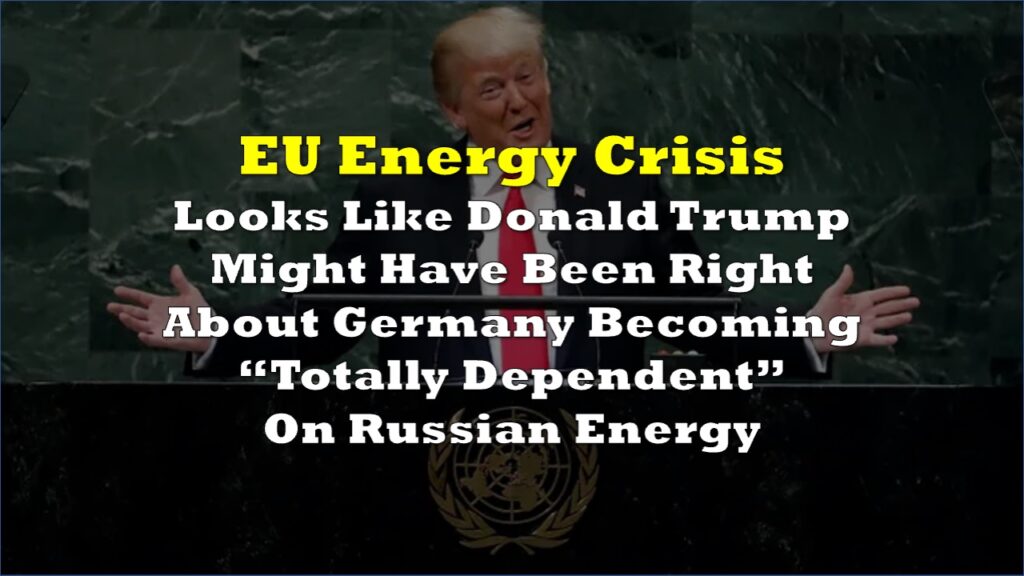President Donald Trump proposed Thursday to impose wide-ranging “reciprocal tariffs” on a host of trading partners, including close allies such as Canada. The plan, which the White House says could take effect within weeks, targets countries that levy higher import duties, maintain extensive subsidies, or impose value-added taxes on American goods.
From Washington’s perspective, the problem is straightforward: many countries tax foreign goods more heavily than the US does. Under the Trump plan, if a country charges a tariff of 25% on American exports, then the US would respond with a matching 25% duty on that nation’s imports.
The administration also aims to account for other so-called “non-tariff” barriers, such as agricultural protections, digital service taxes, or requirements that foreign companies conform to certain regulations—everything from labeling in multiple languages to minimum local-content rules.
In a post on his social media platform, Trump singled out nations using consumption-based taxes, notably VAT systems, and indicated the US would view VAT as effectively equivalent to a tariff.
“On trade, I have decided, for purposes of fairness, that I will charge a RECIPROCAL Tariff meaning, whatever countries charge the United States of America, we will charge them – No more, no
less!” Trump posted on Truth Social.
U.S. President Donald J. Trump has expanded on his plan for reciprocal tariffs on the Truth Social app. One point of note made by the president was that countries that use the Value-added Tax (VAT) system will be treated the same as nations with tariffs on U.S. imports.… pic.twitter.com/c7ca3IGASO
— OSINTdefender (@sentdefender) February 13, 2025
A Deutsche Bank analysis suggests that when VAT is factored into trade barriers, countries such as India, Argentina, and several Scandinavian nations could face some of the largest reciprocal tariffs—potentially exceeding 30%. The same analysis shows that even US allies in Europe could be vulnerable to double-digit tariff hikes.
Why is VAT so important in reciprocal tariffs? Here is the tariff increase with and without VAT. Trump just said he will include VAT. pic.twitter.com/pdJDhYmZwT
— zerohedge (@zerohedge) February 13, 2025
Canada stands out among potential targets. Trump has repeatedly voiced frustration with Ottawa’s protected dairy and poultry industries, digital services taxes, and general sales taxes. He has also threatened to implement tariffs on Canadian-assembled automobiles—possibly at rates of 50% to 100%—and repeated suggestions that Canada might solve its trade disputes by becoming “the 51st state.”
Alongside these remarks, the White House has accused Canada of underfunding its military obligations under NATO, hinting that this too factors into Trump’s broader notion of an “unfair” partnership.
Many observers consider the renewed tariff threats part of a larger strategy to renegotiate existing trade deals. The United States-Mexico-Canada Agreement, which replaced NAFTA, is up for formal renewal in 2026. US officials have indicated they will study each country’s policies, from digital taxes to sanitary regulations, and use the findings to compile a comprehensive list of alleged trade barriers.
In Canada’s case, federal and provincial sales taxes on imports and supply management for dairy, eggs, and poultry are among the most likely flashpoints.
Sectors are wary about the potential trade and economic repercussions the reciprocal tariffs would bring. Canada’s Chamber of Commerce has urged Ottawa to reconsider its digital services tax, which imposes a 3% levy on large foreign-based tech companies that earn more than $20 million in Canadian revenue. Some analysts caution that if Washington counters with tariffs matching or surpassing Canadian taxes, the consumer fallout in both countries would be significant.
According to BMO chief economist Douglas Porter, nearly every country imposes some form of VAT, so the sheer scope of analyzing and matching tax structures worldwide is unprecedented. Paul Ashworth of Capital Economics, estimates that if Trump pushes through, tariffs on Canadian goods could exceed 19%.
This is a perverted sort of good news for Canada. B/e it's such a sweeping, strangling, overreaching policy it will provoke a global convulsion toward the US – higher prices, lower growth and stalled investment. A disaster. Americans will feel it. Trump will be forced to retreat https://t.co/gDLD6rbNTV
— Scott Reid (@_scottreid) February 13, 2025
You get a tariff, you get a tariff, you get a tariff… Everyone gets a tariff!
The newest volley of rhetoric extends well beyond America’s northern neighbor. Speaking alongside Indian Prime Minister Narendra Modi, Trump declared he would impose tariffs on India for what he deems its unfair trade practices, referring to the country’s high tariffs and large trade surplus with the United States.
“And so we are being reciprocal with India,” Trump said in a speech. “Whatever India charges, we charge them.”
WATCH
— Polymarket Intel (@PolymarketIntel) February 13, 2025
Trump, in front of Modi, announces reciprocal tariffs on India. pic.twitter.com/yLYNTSc8JS
Taiwan, a close strategic partner of the US, also fell into Trump’s crosshairs. Citing complaints about semiconductor manufacturing being outsourced overseas, Trump stated that “Taiwan took our chip business away,” signaling a potential push for higher duties on Taiwanese goods.
If it serves China or Russia, Trump is pushing it.
— Jay in Kyiv (@JayinKyiv) February 13, 2025
Now attacking Taiwan. https://t.co/nLzRA8zn08
Trump also took direct aim at the BRICS bloc by threatening 100% tariffs if the member countries undermine the US dollar’s position in global commerce. The president boasted that once he issued this ultimatum—what he termed an unequivocal guarantee to punish any coordinated de-dollarization—“BRICS died the minute I mentioned it.”
“The moment they mention it, they’ll come back begging, saying, ‘We beg you, we beg you not to do this,'” Trump said.
Trump: “BRICS is dead”
— Polymarket Intel (@PolymarketIntel) February 13, 2025
Trump: “Most of those people don’t even want to talk about it now. They’re afraid to because I told them—if they want to play games with the dollar, they’ll be hit with a 100% tariff.
The moment they mention it, they’ll come back begging, saying, ‘We beg… https://t.co/GuCySWUapE pic.twitter.com/VyN25Yt23d
However, calculating “equivalent” tariffs to each nation’s duties, subsidies, or regulations is far from straightforward. Trade experts argue that Trump’s reciprocal tariff plan complicates America’s already fragile relationships with its top economic partners, possibly undermining US competitiveness. Manufacturing groups also worry about retaliatory measures, especially in sensitive sectors like automotive and tech, where global supply chains could be severely disrupted.
Nevertheless, Trump maintains that his approach will improve national security, asserting it will bring home key manufacturing sectors and protect the dollar’s global standing.
Information for this story was found via The Globe And Mail, Reuters, and the sources and the companies mentioned. The author has no securities or affiliations related to the organizations discussed. Not a recommendation to buy or sell. Always do additional research and consult a professional before purchasing a security. The author holds no licenses.










One Response
Trump is very dilusional, a bully and very dangerous. He does not mention that the US steals scientist and technology from other countries, nor does he mention the oil they receive from Canada at below world oil prices.